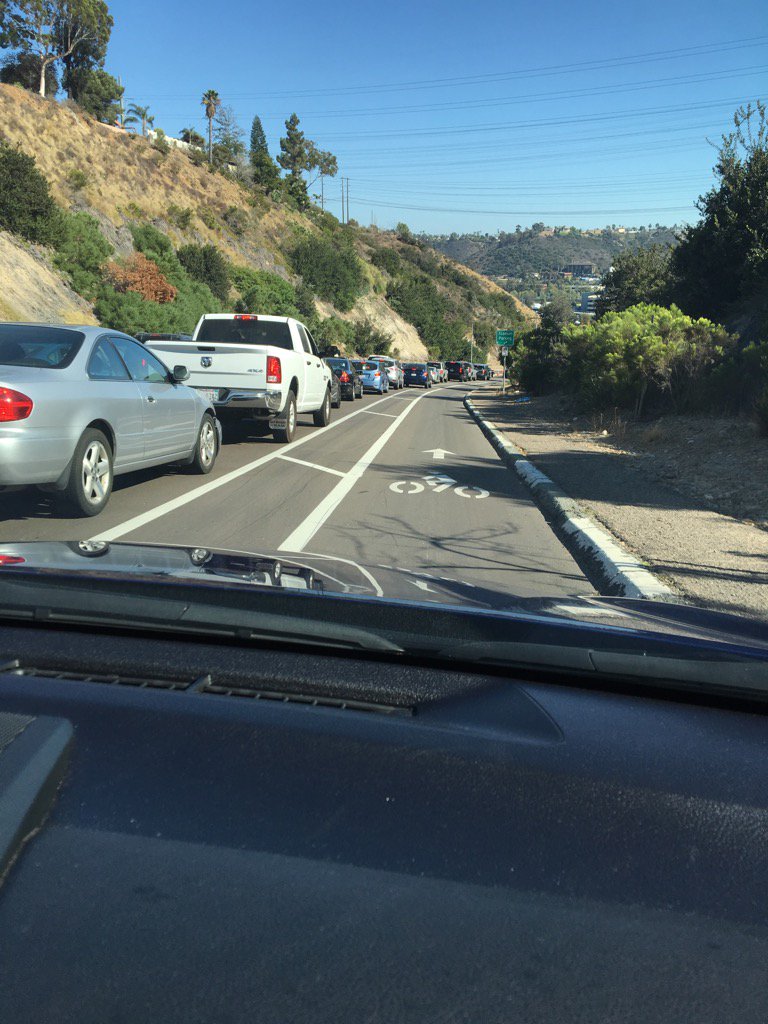If you are looking to transcend the place and time in which you live, you can move out and away from them. Or you can go inside them.
This morning, I did the latter, without even trying.
Randall's Island sits in the East River, between Manhattan and Queens. If you know that, but you've never been there, you might expect it to have a skyline like Manhattan's, if on a smaller scale--or, perhaps, dense residential neighborhoods, as you would find in much of Queens.
Instead, you would find fields--some of them open, others designated for baseball and other sports--as well as wetlands, clumps of woods and gardens ringed by a rocky shoreline. The relatively bucolic landscape is shadowed only by the Hell Gate Viaduct, used by the Metro North commuter rail line and Amtrak, and the overpasses for the RFK Memorial Bridge. (The conjoined Wards Island, once separated by a channel that was filled in about 100 years ago, contains a water treatment plant, mental hospital and state police barracks in addition to ballfields and picnic grounds.) Even when you look toward the tall buildings of Manhattan, the houses and apartment buildings of Queens and the factories and warehouses in the Bronx, it's easy not to feel as if you are in New York City.
Especially if you're cycling the island early in the morning:
The smokestacks you see in the background are on Rikers Island. Even they don't look so menacing just after dawn. (Still, I'm in no hurry to go there!) Behind the trees to the right, and a few kilometers back, is LaGuardia Airport. I'd much rather go there. But riding on Randalls Island this morning was just fine!
This morning, I did the latter, without even trying.
Randall's Island sits in the East River, between Manhattan and Queens. If you know that, but you've never been there, you might expect it to have a skyline like Manhattan's, if on a smaller scale--or, perhaps, dense residential neighborhoods, as you would find in much of Queens.
Instead, you would find fields--some of them open, others designated for baseball and other sports--as well as wetlands, clumps of woods and gardens ringed by a rocky shoreline. The relatively bucolic landscape is shadowed only by the Hell Gate Viaduct, used by the Metro North commuter rail line and Amtrak, and the overpasses for the RFK Memorial Bridge. (The conjoined Wards Island, once separated by a channel that was filled in about 100 years ago, contains a water treatment plant, mental hospital and state police barracks in addition to ballfields and picnic grounds.) Even when you look toward the tall buildings of Manhattan, the houses and apartment buildings of Queens and the factories and warehouses in the Bronx, it's easy not to feel as if you are in New York City.
Especially if you're cycling the island early in the morning:
The smokestacks you see in the background are on Rikers Island. Even they don't look so menacing just after dawn. (Still, I'm in no hurry to go there!) Behind the trees to the right, and a few kilometers back, is LaGuardia Airport. I'd much rather go there. But riding on Randalls Island this morning was just fine!






















